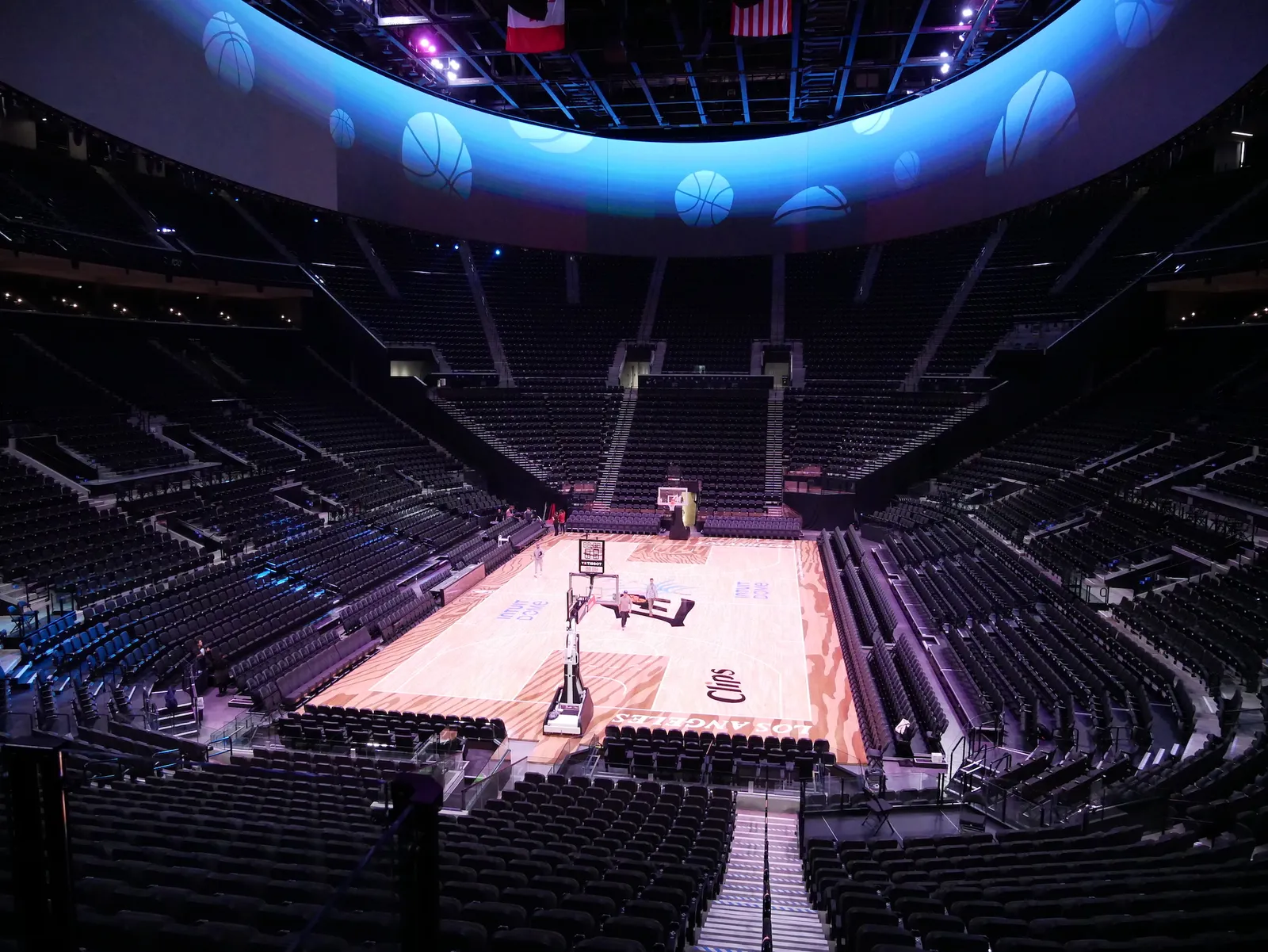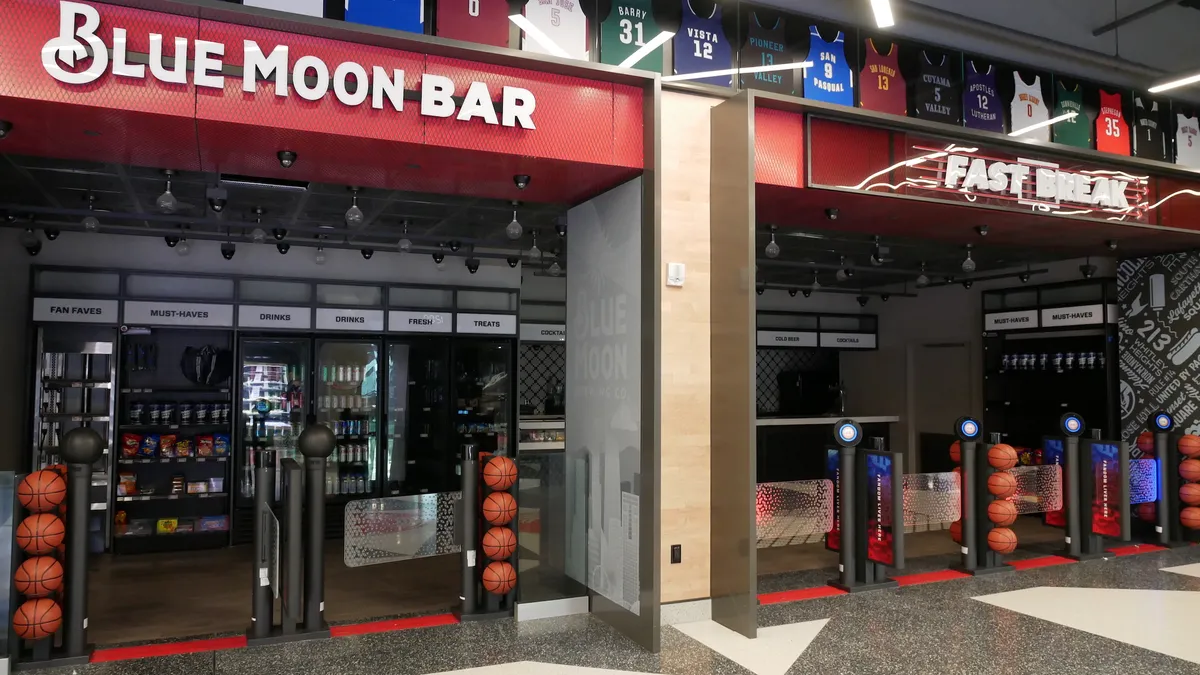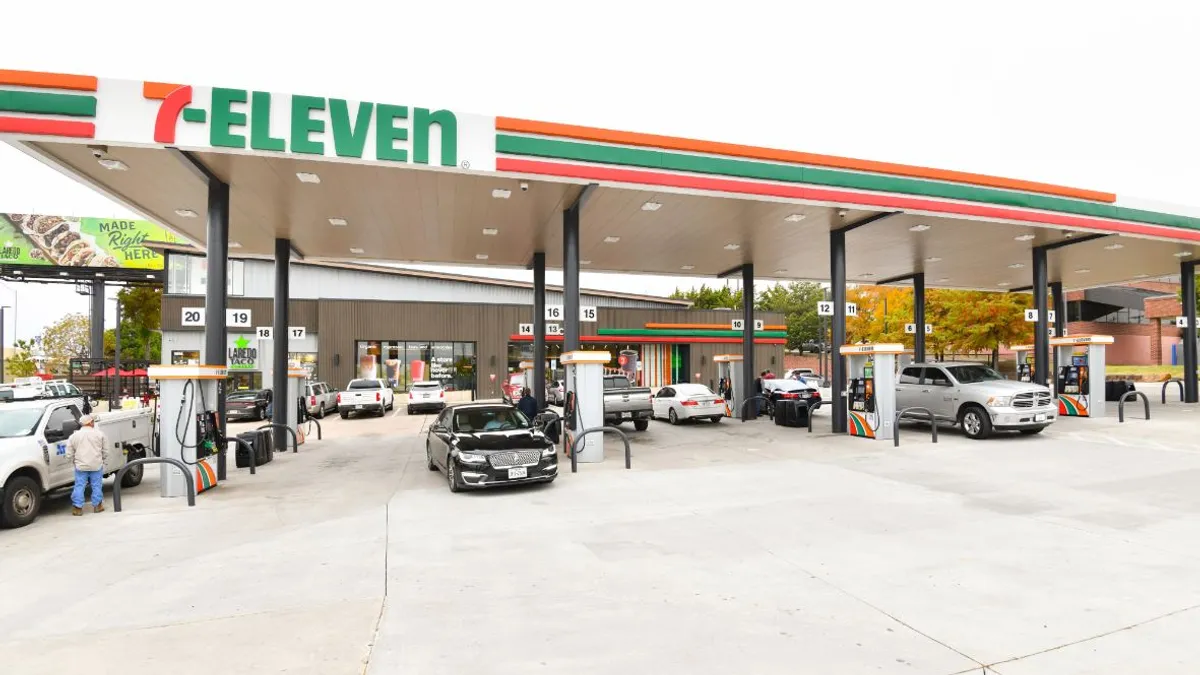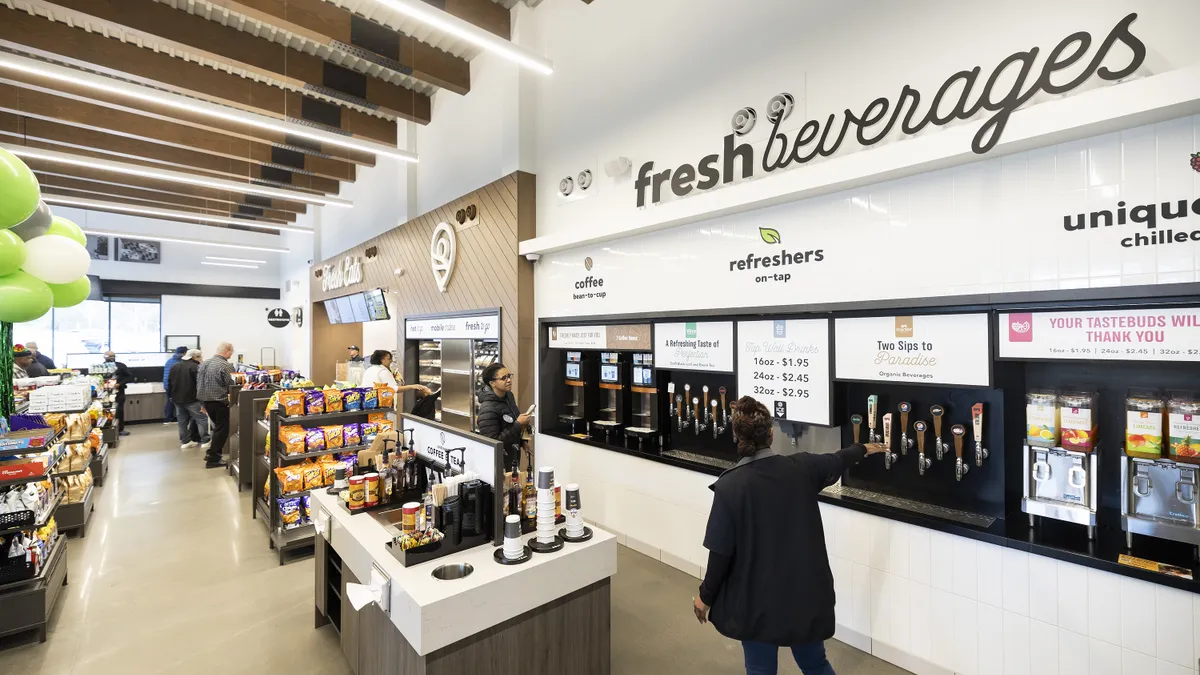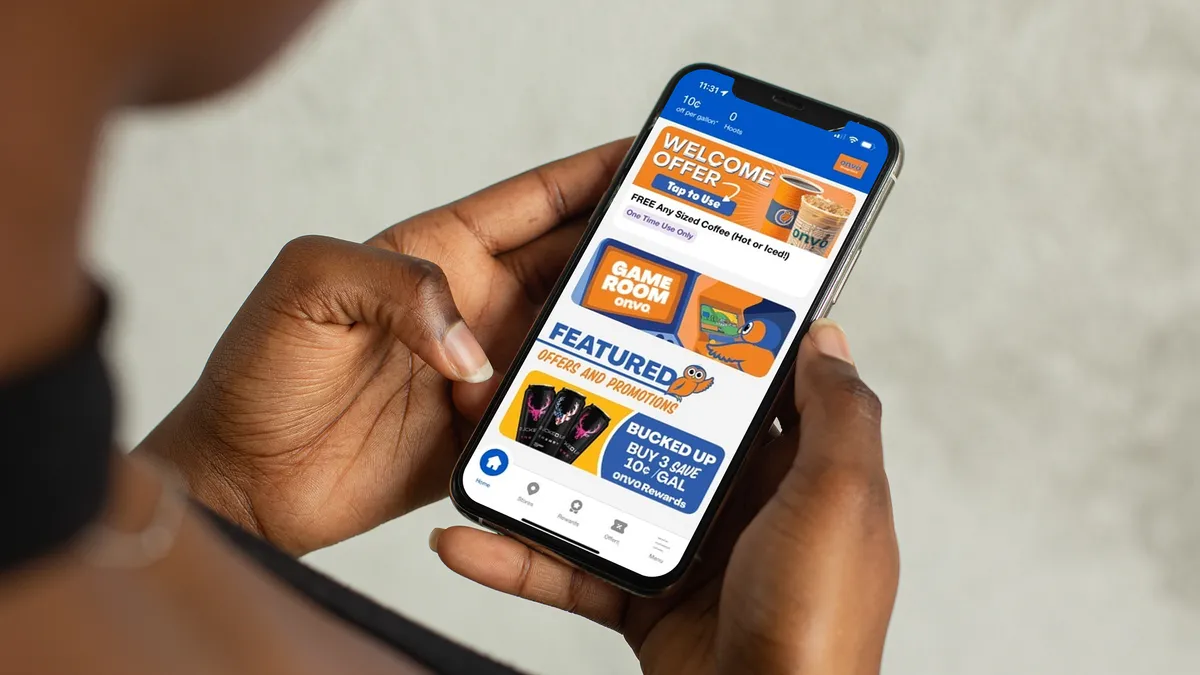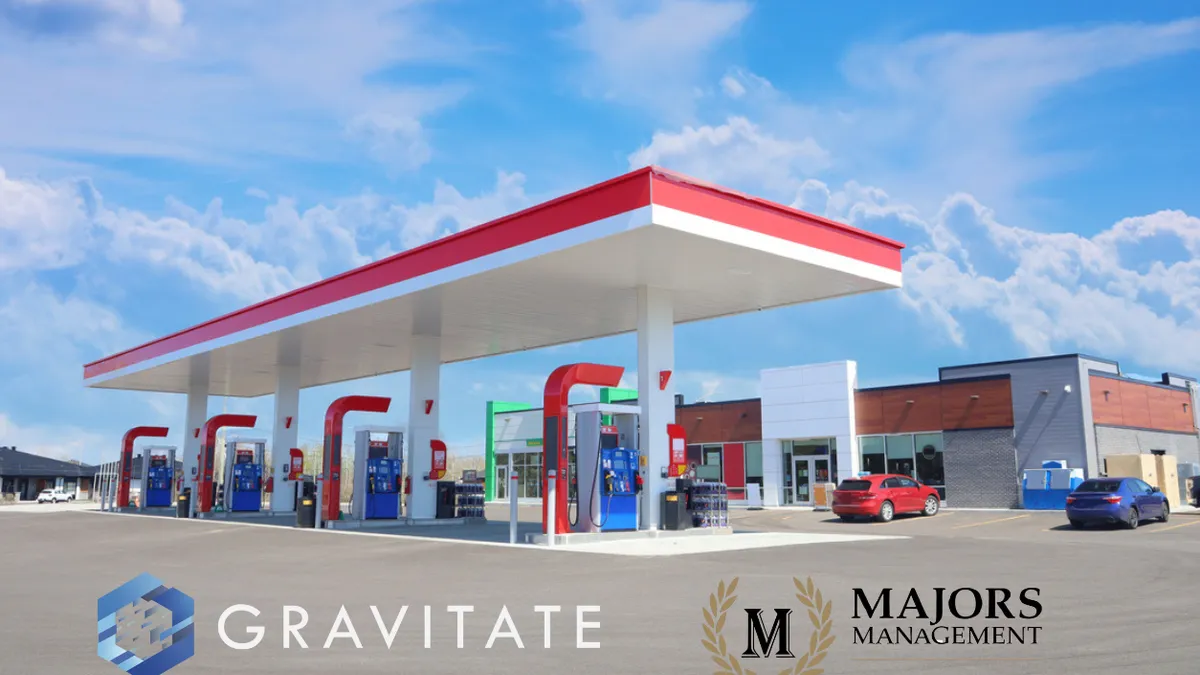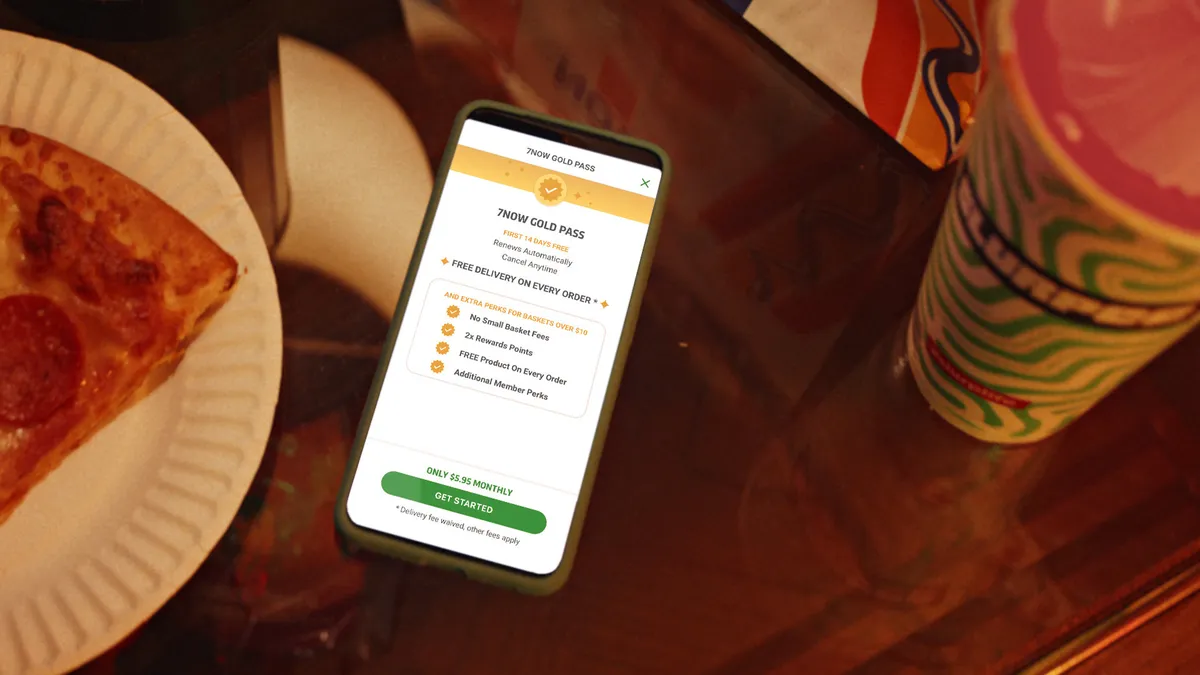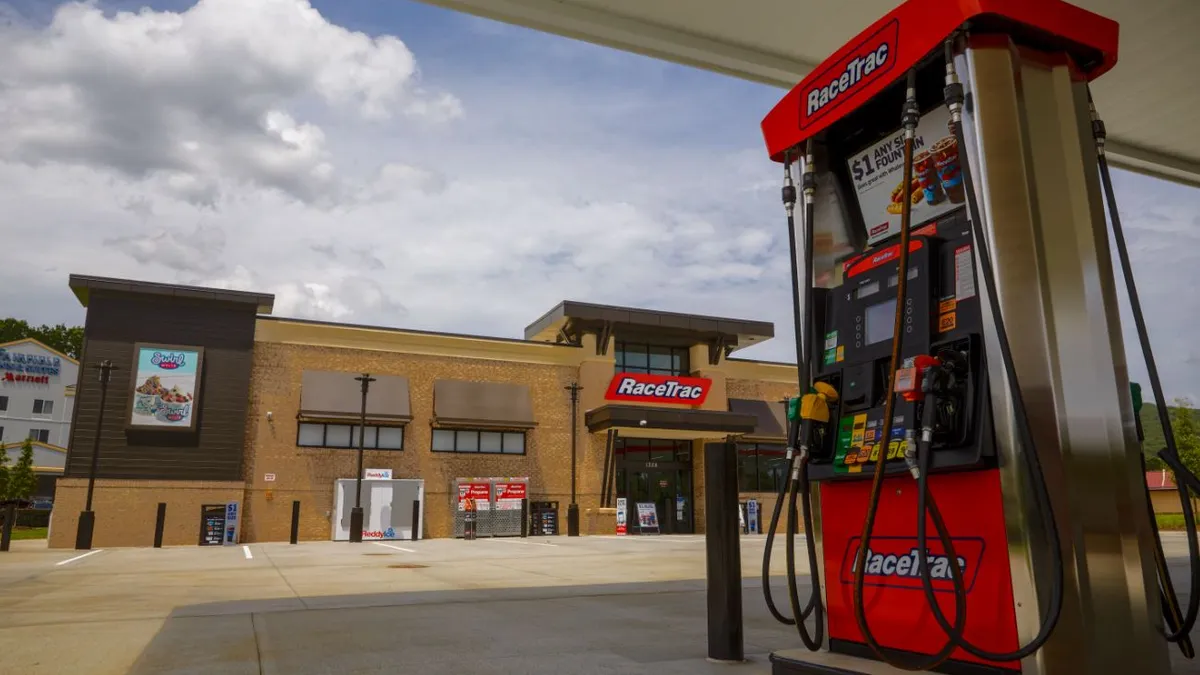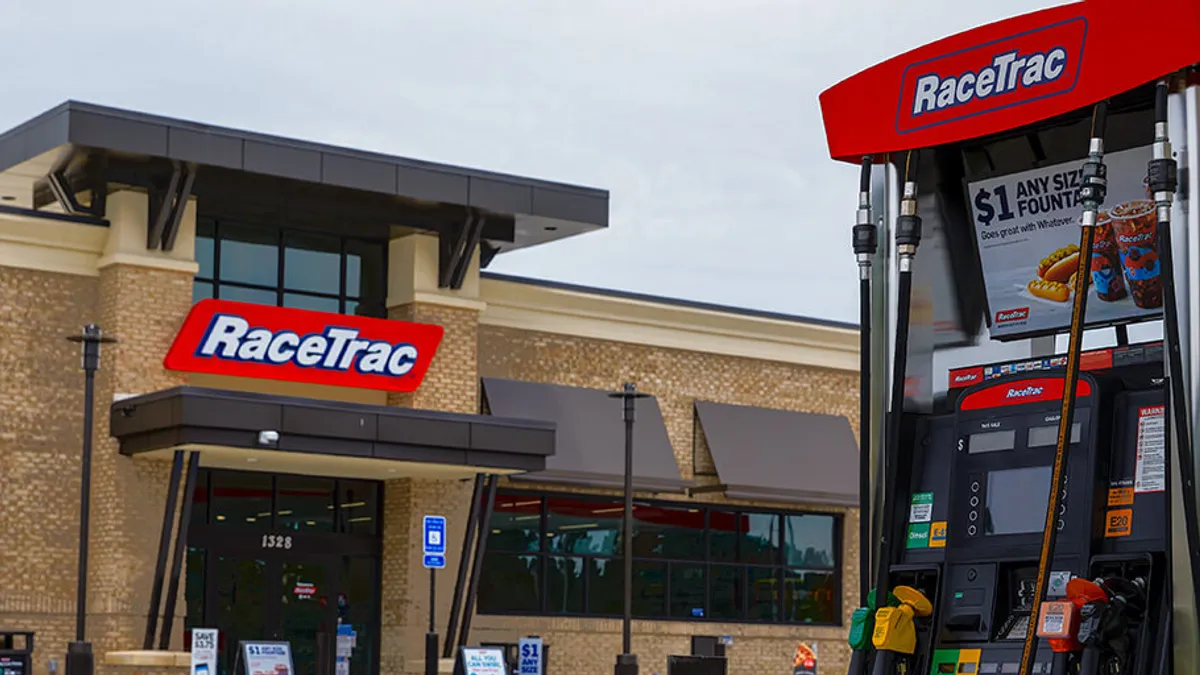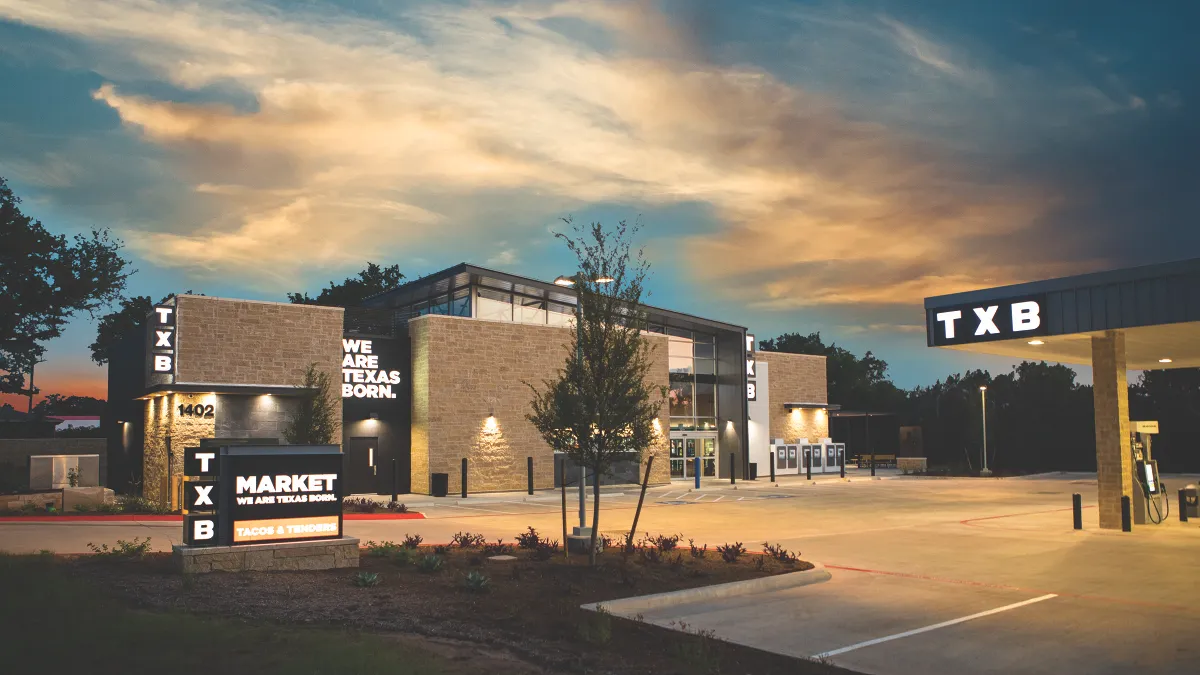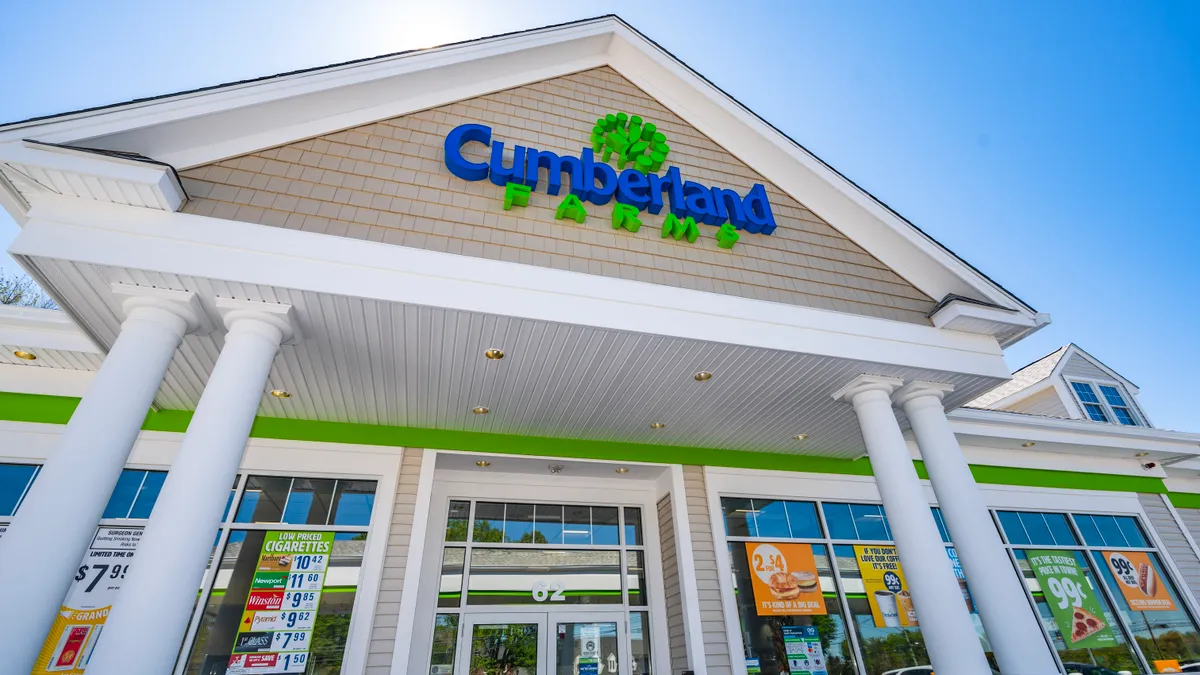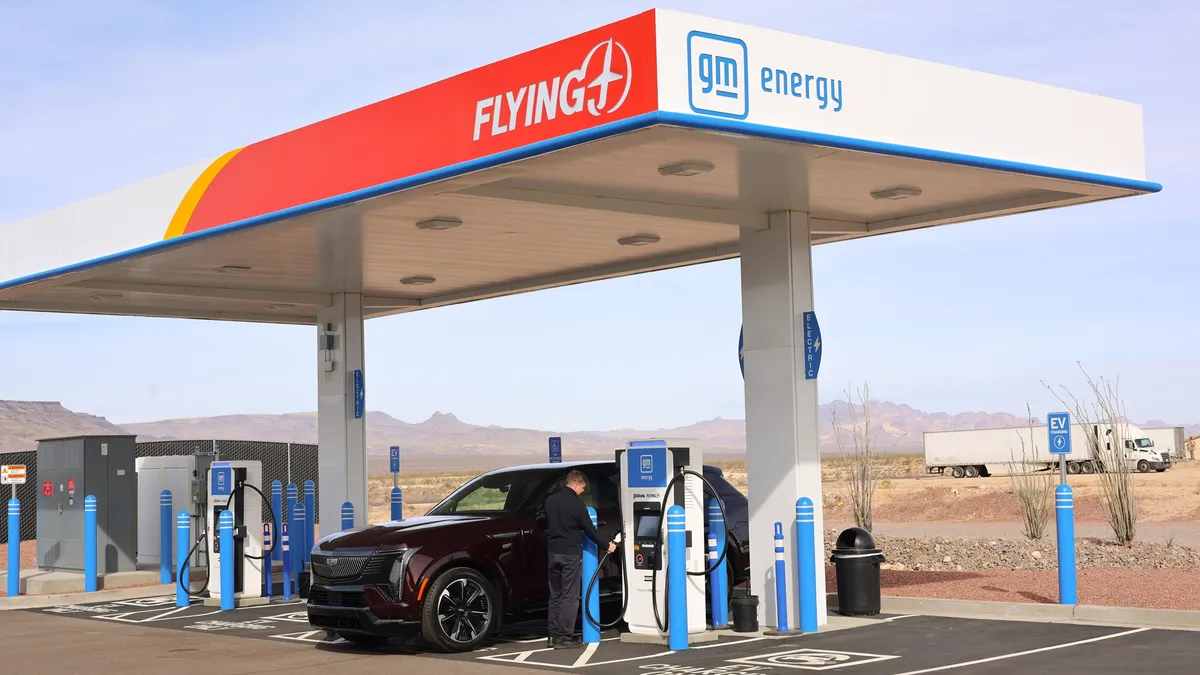Frank Beard is a longtime convenience retail enthusiast who currently works in marketing for Rovertown. His column, The Road Ahead, examines innovation in the c-store industry.
It’s been a tough couple of years for autonomous checkout.
In the few years before the pandemic, few retail technologies generated more hype than autonomous checkout and its promise to eliminate lines. Readers will recall how Amazon captivated our attention with the opening of the first Amazon Go in January 2018 — a Sputnik moment that raised questions about the future of shopping and Amazon’s role in it. Later that year, a Bloomberg article shocked everyone with claims that they planned to open more than 3,000 autonomous stores by 2021.
But nearly seven years after the opening of that first store, the results are underwhelming.
Despite reportedly having spent billions on Just Walk Out (JWO), Amazon has shuttered all but 16 of their Go stores, removed the technology from its U.S. grocery stores and installed JWO technology into only about 200 third-party locations — primarily in stadiums.
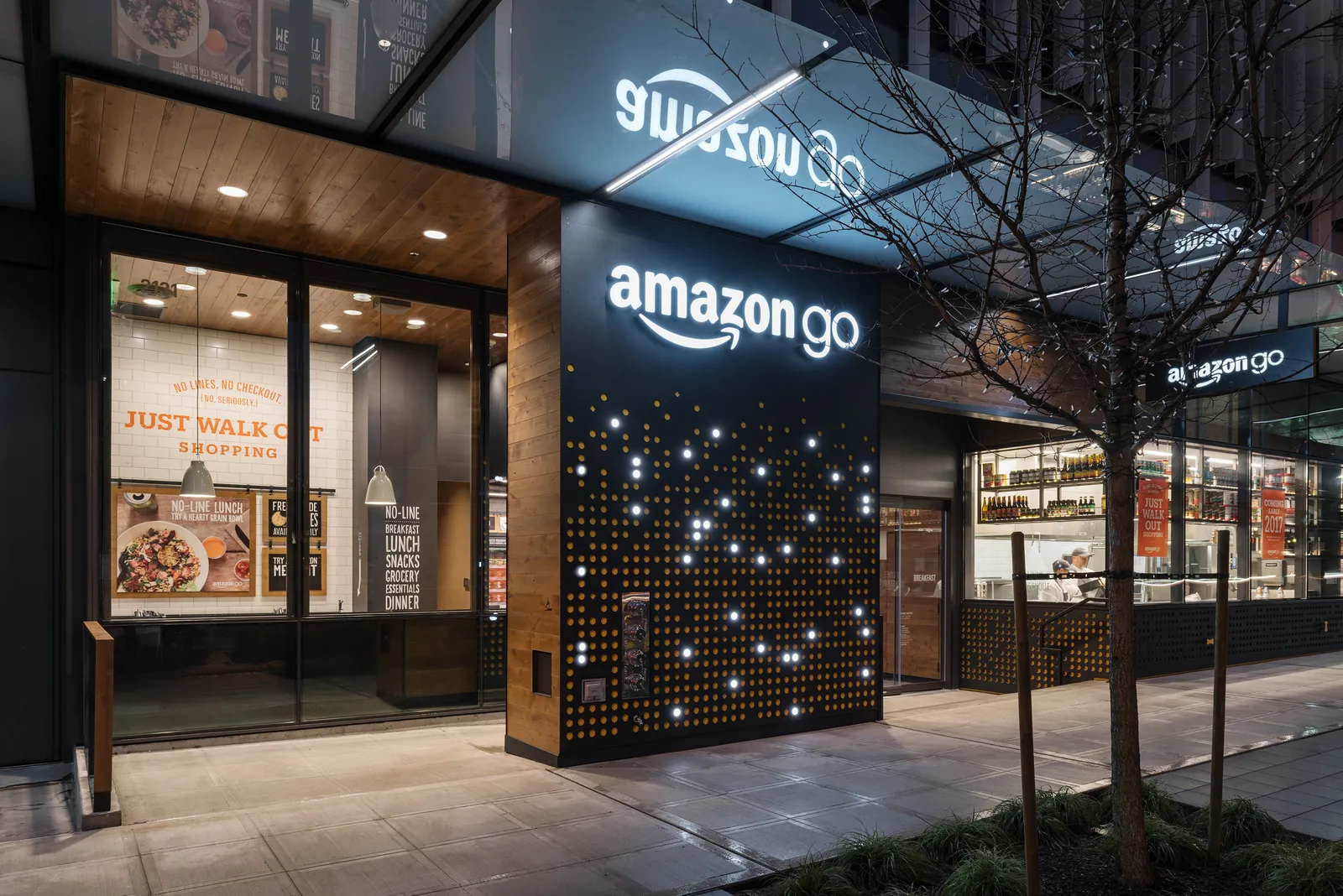
Startups haven’t fared much better. Grabango burned through more than $70 million in funding and shut down a few months ago after failing to turn its pilots into deployments.
The reasons for this slow start would require a separate article, but it’s enough to say that the technology works better in some environments than others. Autonomous checkout excels in high-throughput settings like stadiums where time is at a premium. However, as I’ve previously written, it only takes about 10 to 15 seconds to use a self-checkout in a convenience store or airport market. It’s telling that Hudson News appears to have put more effort into deploying self-checkout kiosks than scaling its autonomous Hudson Nonstop concept.
But I want to shift the focus to a larger issue. The missing piece has always been a bold and expansive vision for this technology — one that goes beyond shaving a few seconds off of transaction times and fully explores the transformative potential of computer vision.
Consider how Kmart and Walmart approached barcode scanning decades ago. Kmart treated it as a checkout tool. Walmart used the data to optimize supply chains, inventory and pricing, transforming the business and leaving Kmart behind. Perhaps there’s a similar opportunity here.
That’s what makes the Intuit Dome so fascinating.
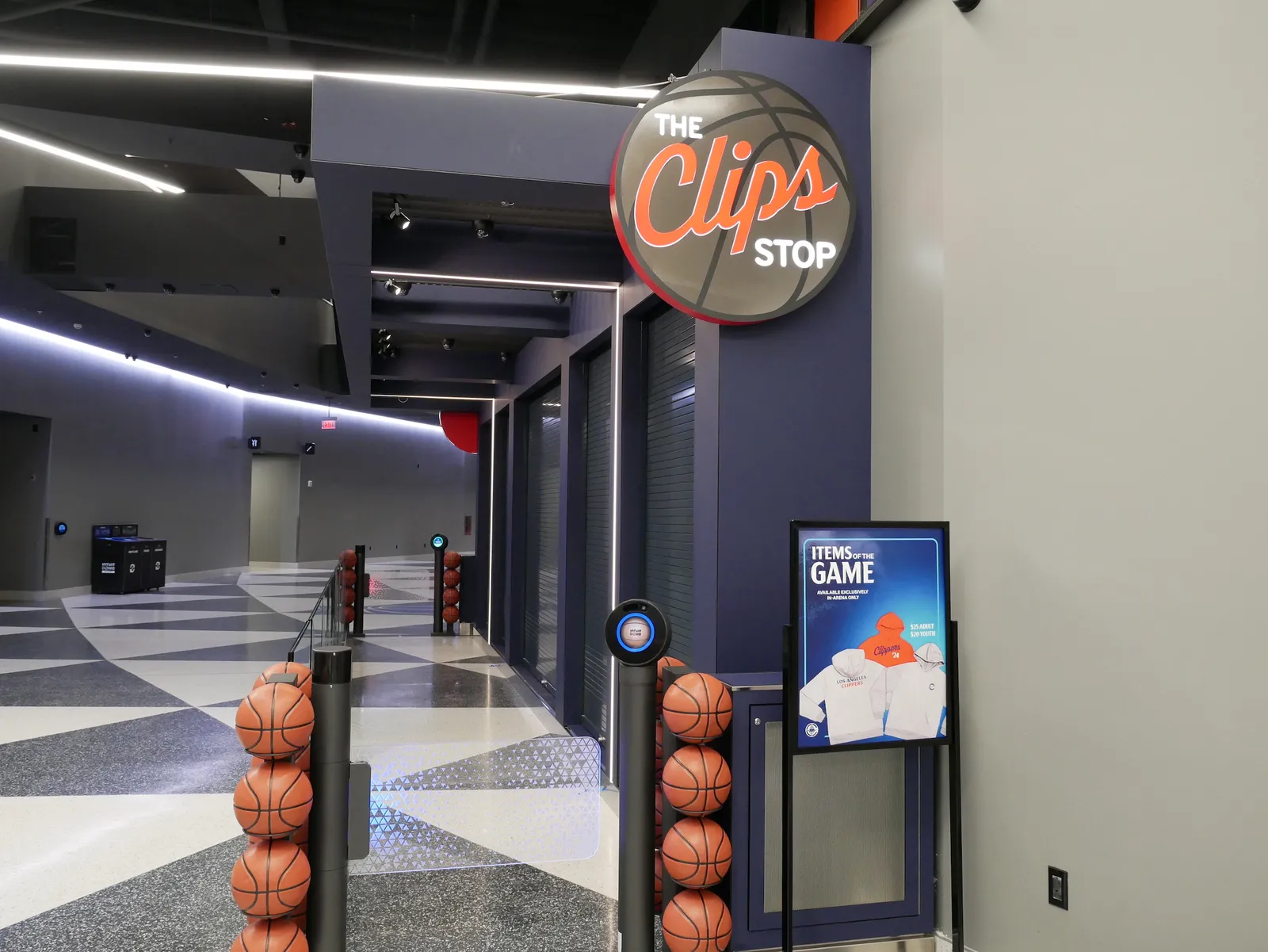
Going ‘all in’ on a new vision
Opened in August, the $2 billion Intuit Dome — home of the Los Angeles Clippers — is arguably the most technologically advanced arena in the world. Spearheaded by former Microsoft CEO Steve Ballmer, it reflects input from visits to over 100 other venues, blending cutting-edge tech with a fan-first design philosophy.
I had the privilege of touring the Intuit Dome in November to learn about its more than 40 autonomous stores — the largest deployment of the technology thus far in any venue. What I found was more than just faster beer lines.
The Intuit Dome feels like Disney Imagineering crossed with the NBA. From the moment you step inside, every aspect of the experience is thoughtfully tied together as part of a cohesive design. Whether it's the jerseys from local high schools hanging on the walls, the fonts and colors used on concession signage or the basketball-themed entry gates in front of the autonomous stores, everything in this arena feels deliberate. It’s distinctly different from other arenas where you’re greeted with a smorgasbord of varied retail and design concepts.
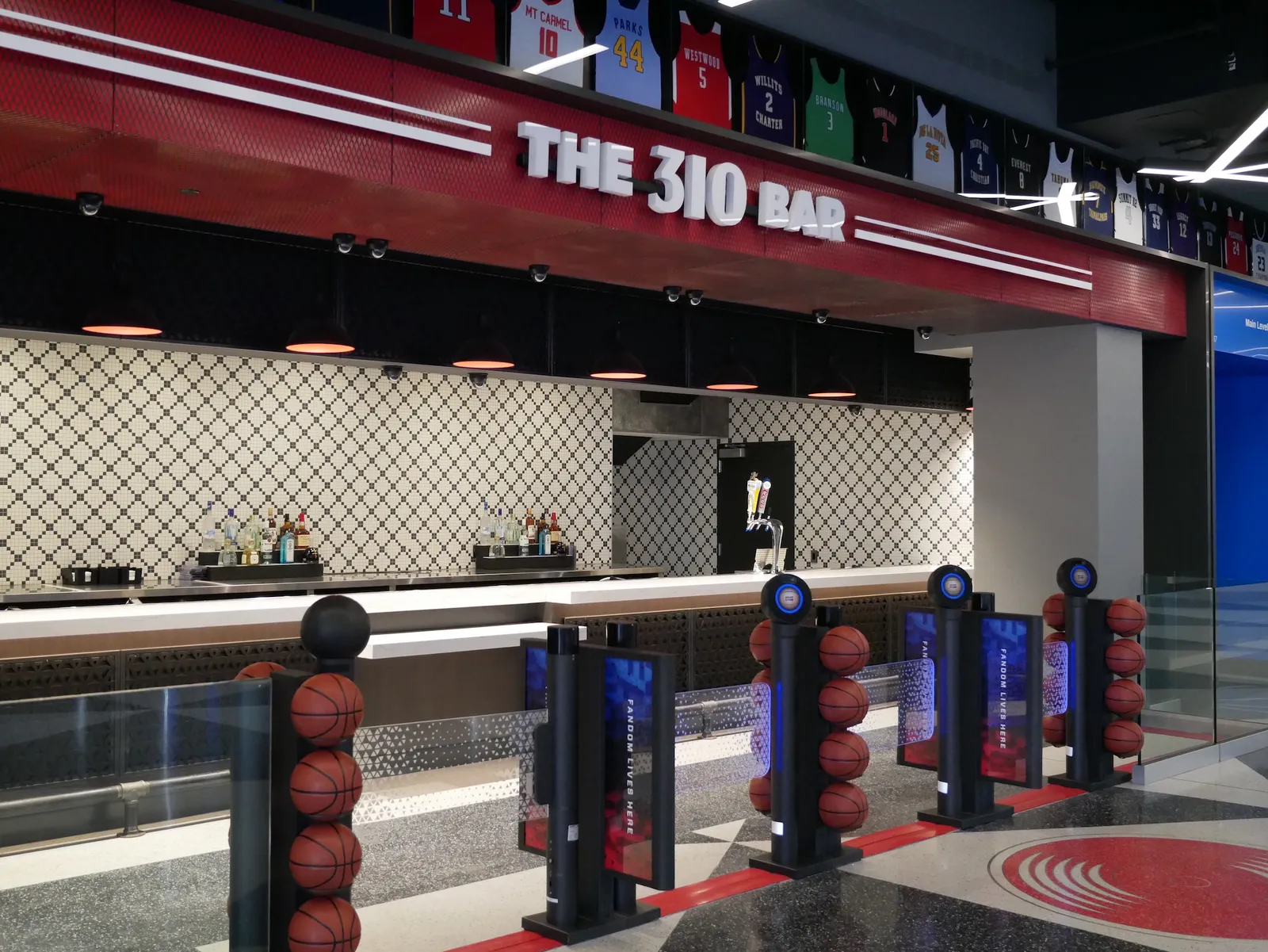
Also like Disney, the entire Intuit Dome experience runs on a mobile app. The core of this is GameFace ID, a facial recognition technology that enables seamless entry and payments once users upload a selfie through the app.
For those who prefer to not use facial recognition, the app offers an alternative for accessing stores and making purchases. This matters because every store, from concessions to apparel, is fully autonomous and powered by AiFi’s computer vision platform. Fans use GameFace ID or their app to enter, grab what they need and leave. AiFi even supports bartenders pouring draft beer or mixing cocktails, while RFID technology enables autonomous experiences in merch shops, including the flagship location near the arena’s entrance.
When I stepped back and considered my experience, two things stood out:
First, this is a different approach to autonomous checkout than I’ve seen at other stadiums and arenas. It’s central to the entire fan experience. Whether you’re buying a snack, getting a draft beer, finding a new hat or entering a club restaurant, you’re reliant on this technology.
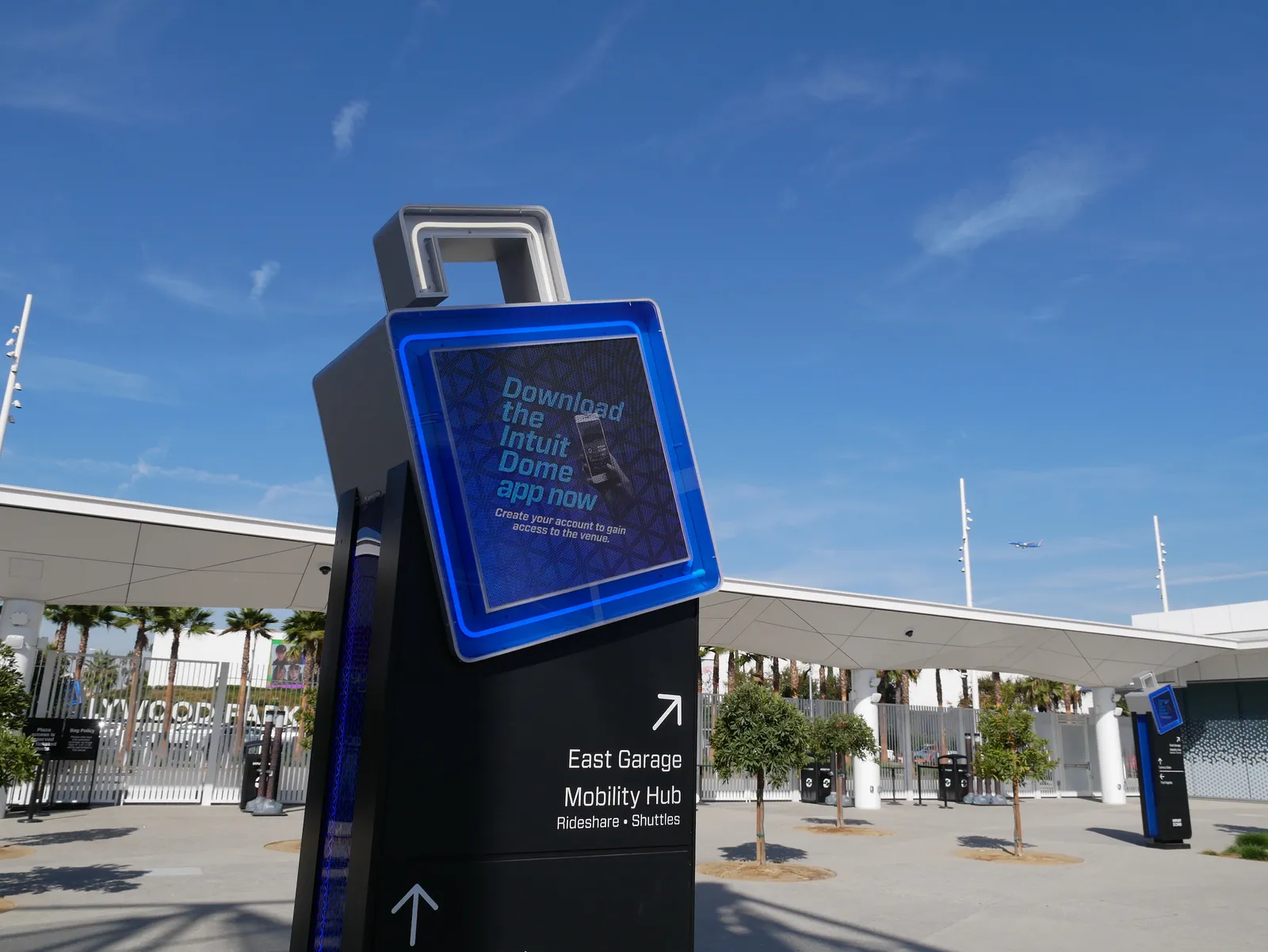
I also noticed computer vision cameras in many places other than stores and concessions, such the concourses and dining areas. While I’m only sharing what’s been publicly reported, I get the sense that they’re using this technology to understand how fans move about and interact with the entire arena. Indeed, it’s telling that AiFi now brands itself as a “spatial intelligence” platform. In a recent blog, it describes its platform as a sort of “game engine” for physical spaces — one that can do more than just power checkouts, opening the door to a deeper understanding of 3D spaces and how people interact with them.
That may ultimately prove to be the strongest value proposition for this technology, especially for convenience retailers. Being able to digitize the movement of products and people and generating ecommerce-level insights about what happens inside the store unlocks several opportunities for a smart retailer — if the price is right. As the cost of computer vision platforms declines and their capabilities increase, I suspect more retailers will give them a second look.
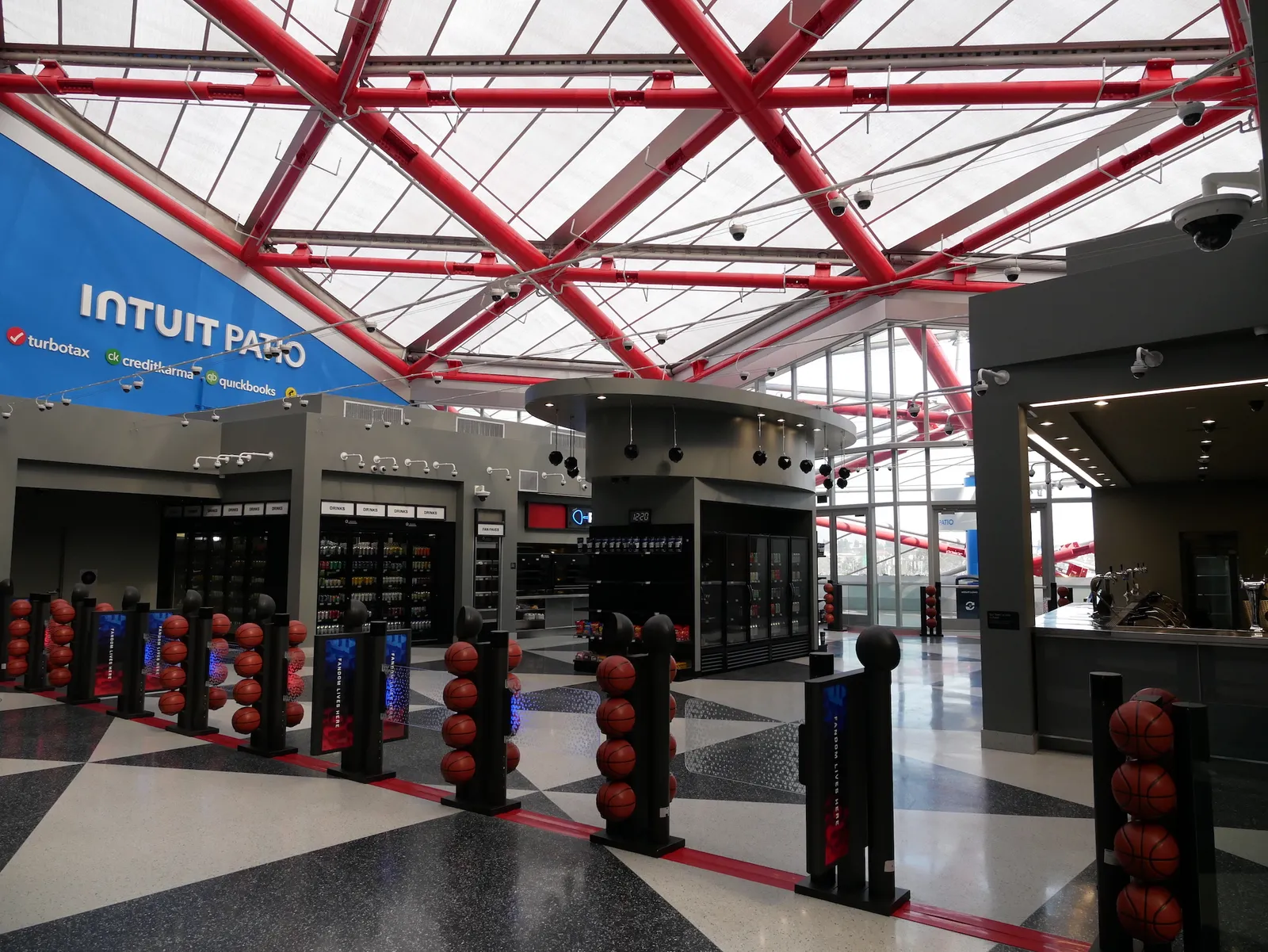
Which brings me to the second thing that stood out: This isn’t a lab store or pilot project. It’s a major deployment of this technology into a high-profile arena, home to a team led by the richest owner in the NBA. For all the talk of when autonomous checkout would be “ready for prime time,” the Intuit Dome is prime time.
If autonomous checkout’s first act began with the launch of Amazon Go in 2018, then its second act may have begun with the opening of the Intuit Dome. In one single deployment, AiFi has added nearly one-fifth as many stores as Amazon’s entire third-party portfolio. More importantly, there’s a potential case study here of how this technology can become mission critical infrastructure in a way that includes, but isn’t limited to, automating the checkout process.
All I’m saying is that you should see this for yourself next time you’re in Los Angeles.
